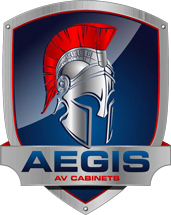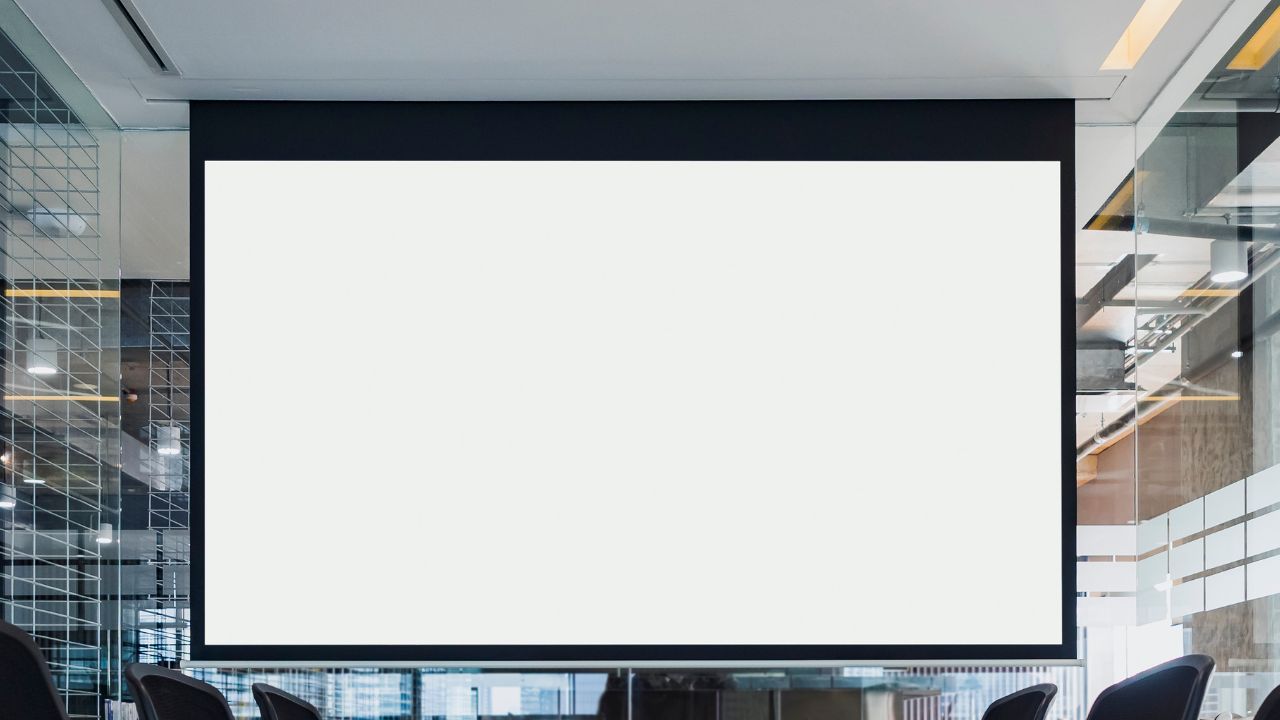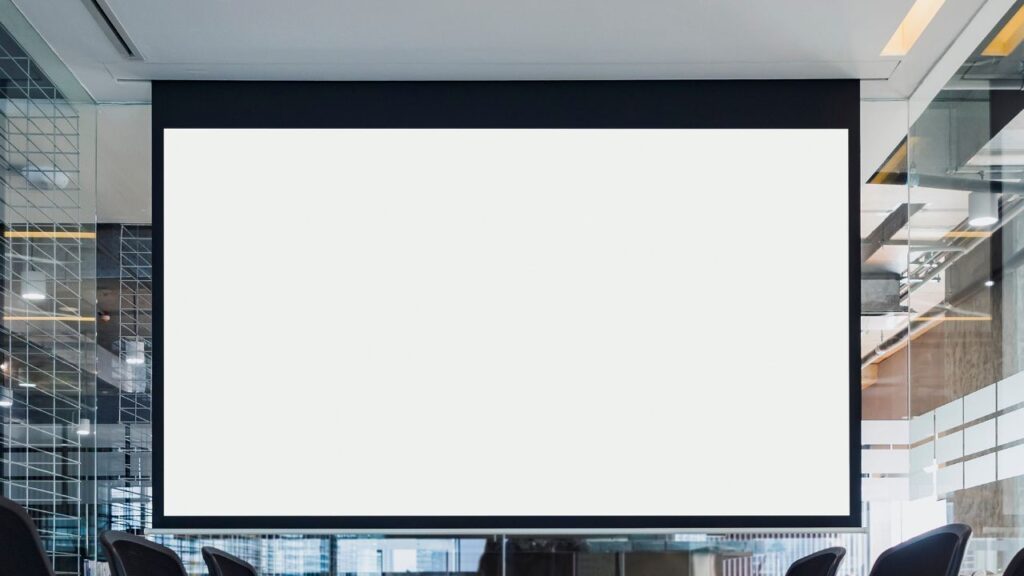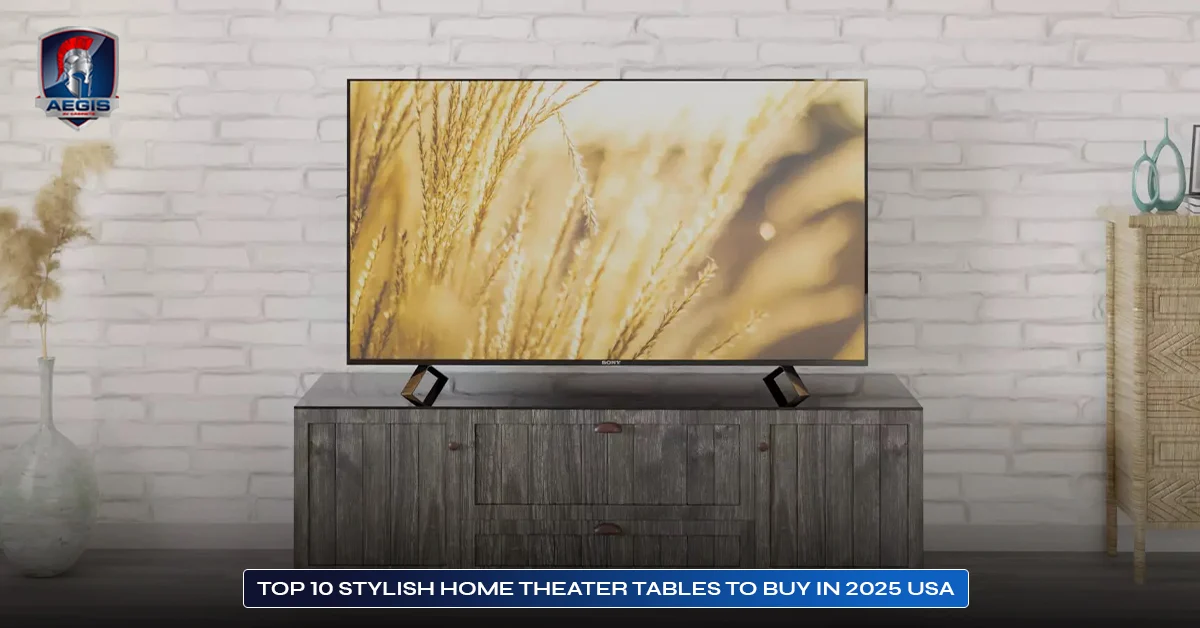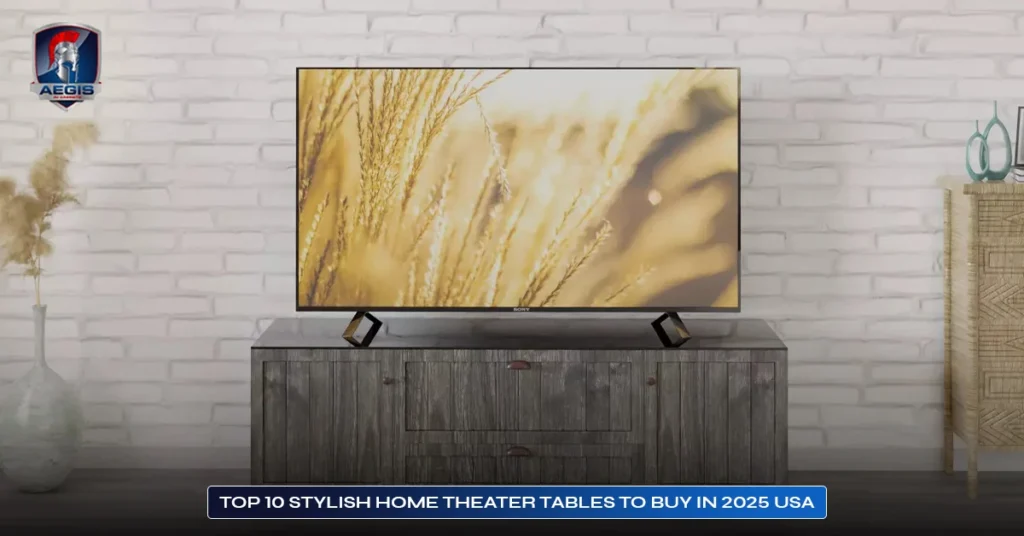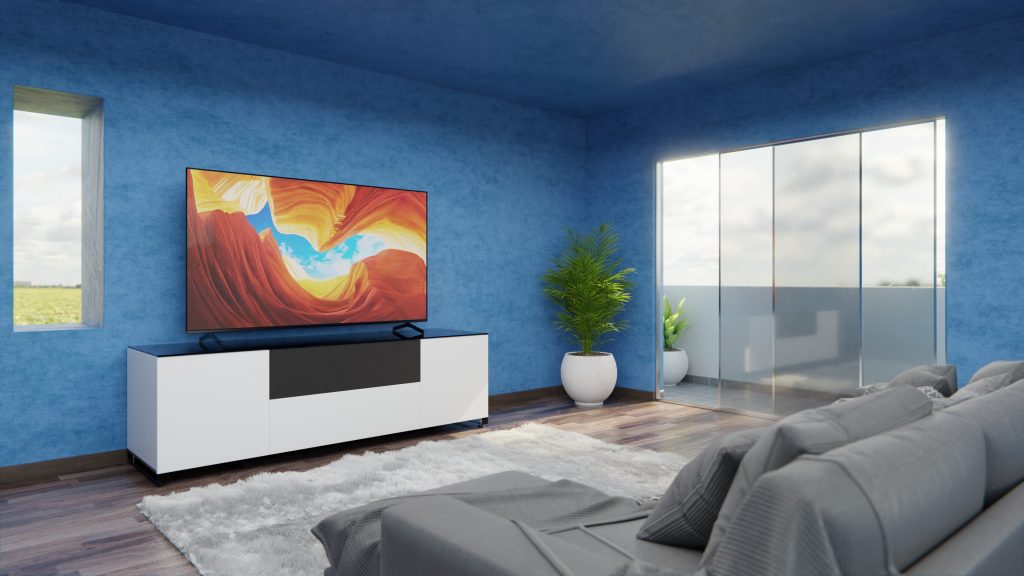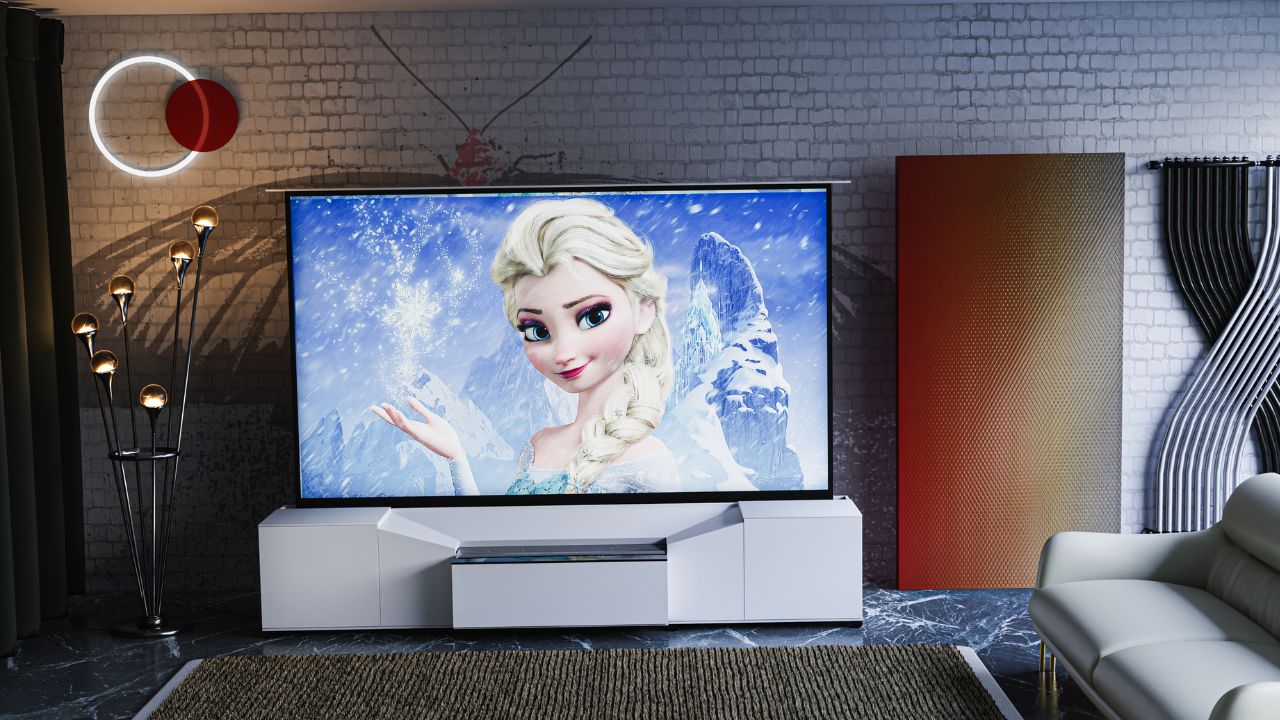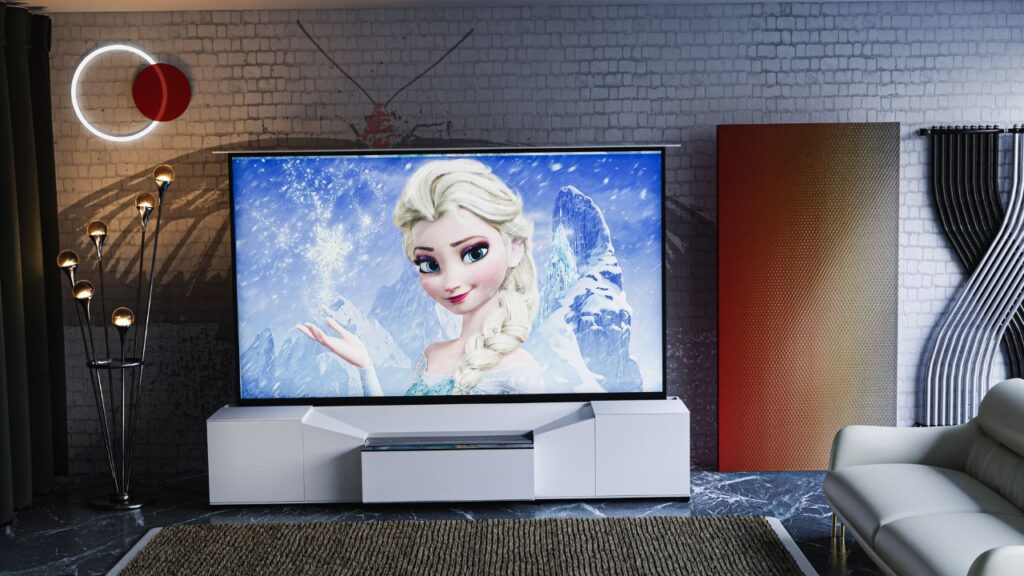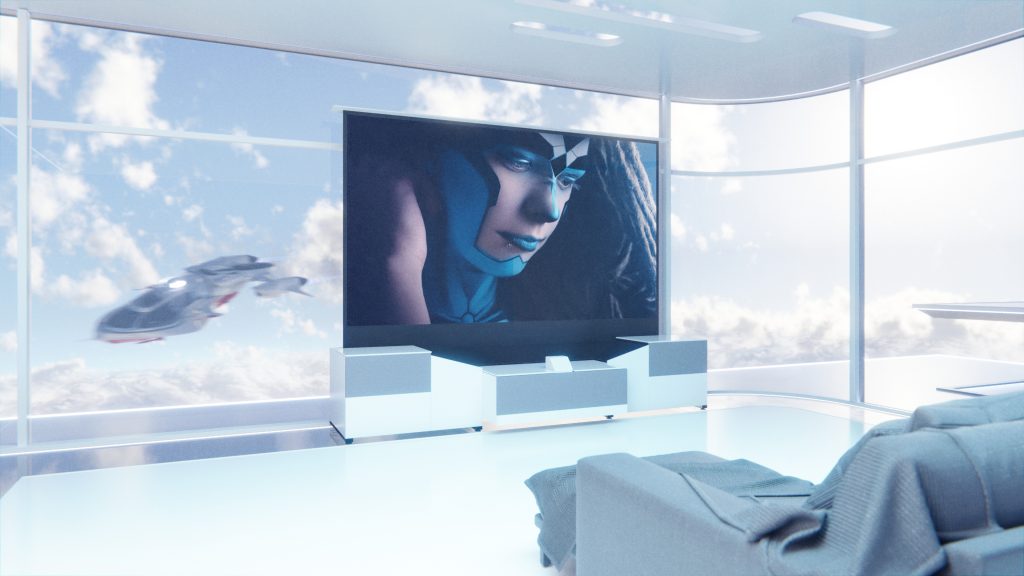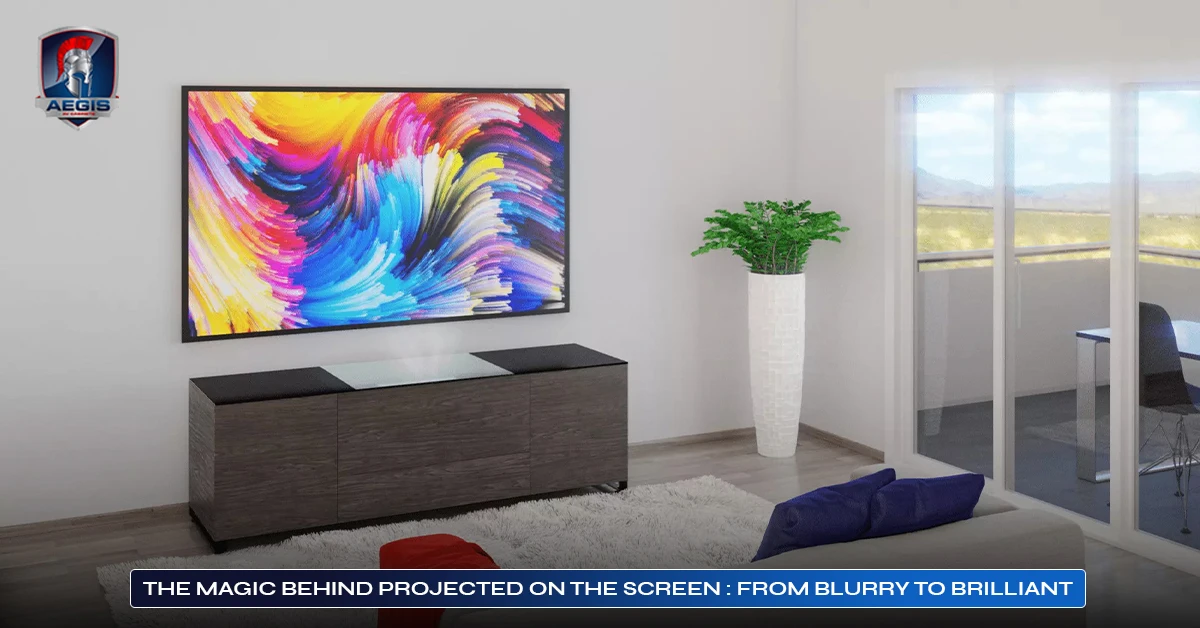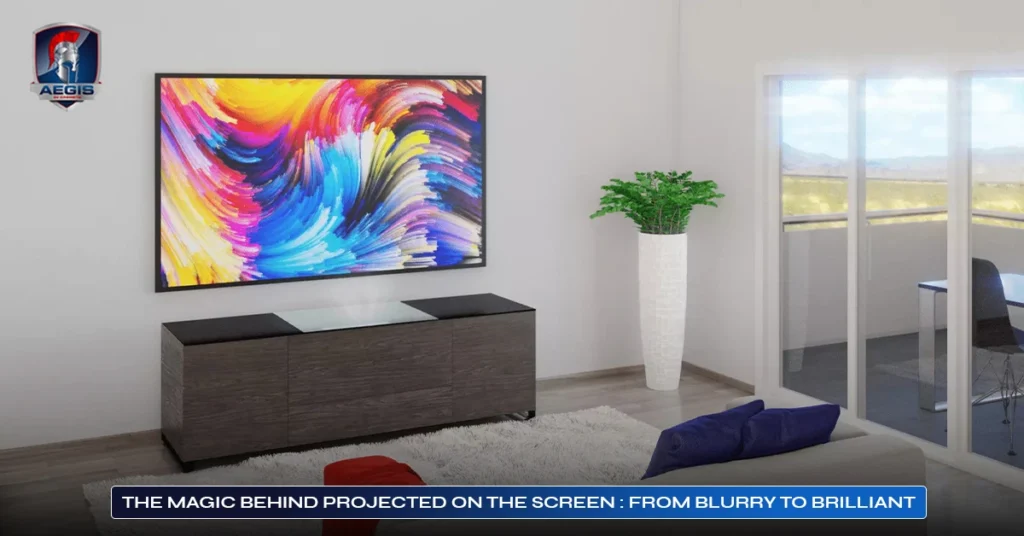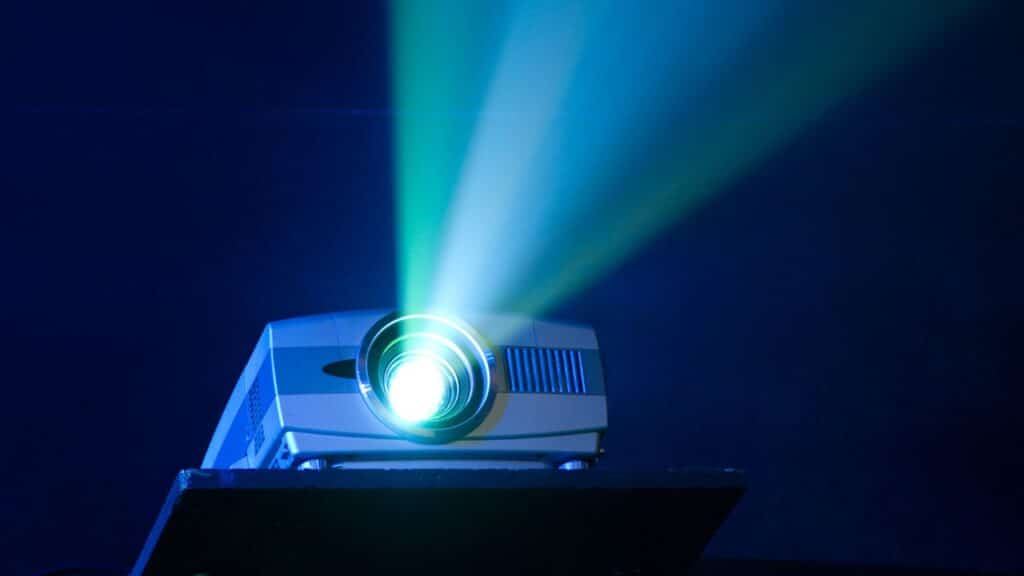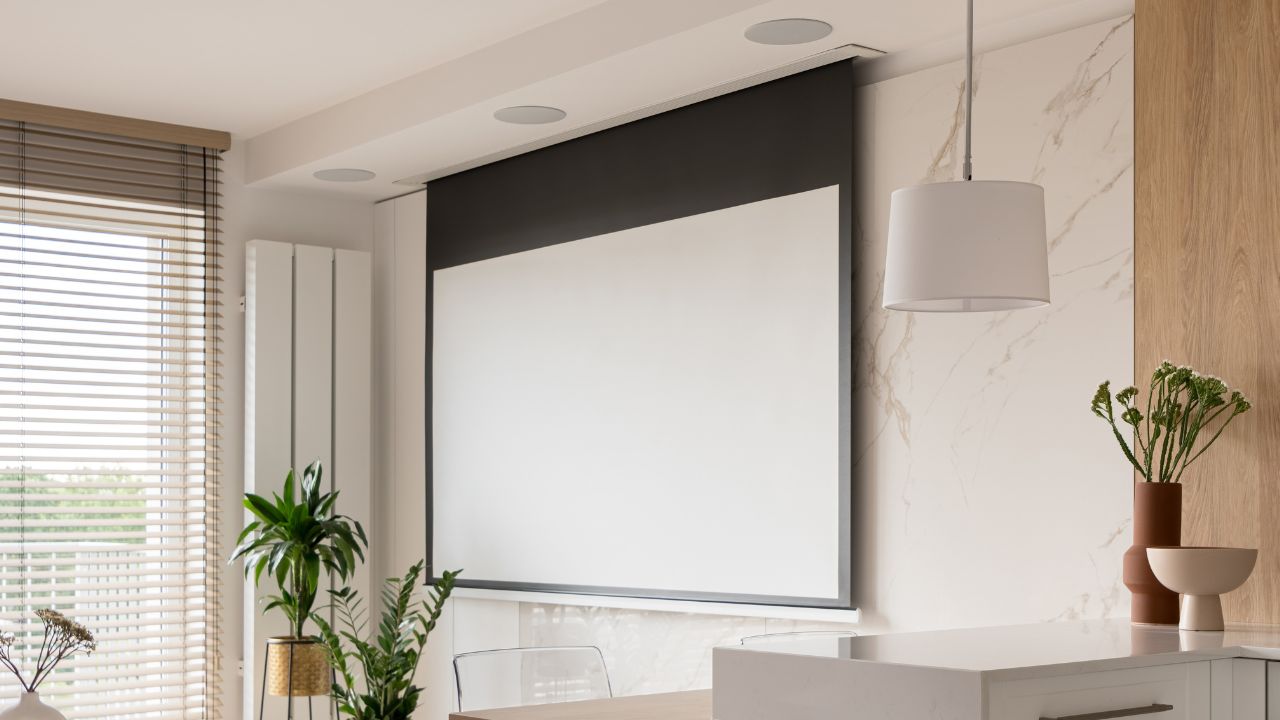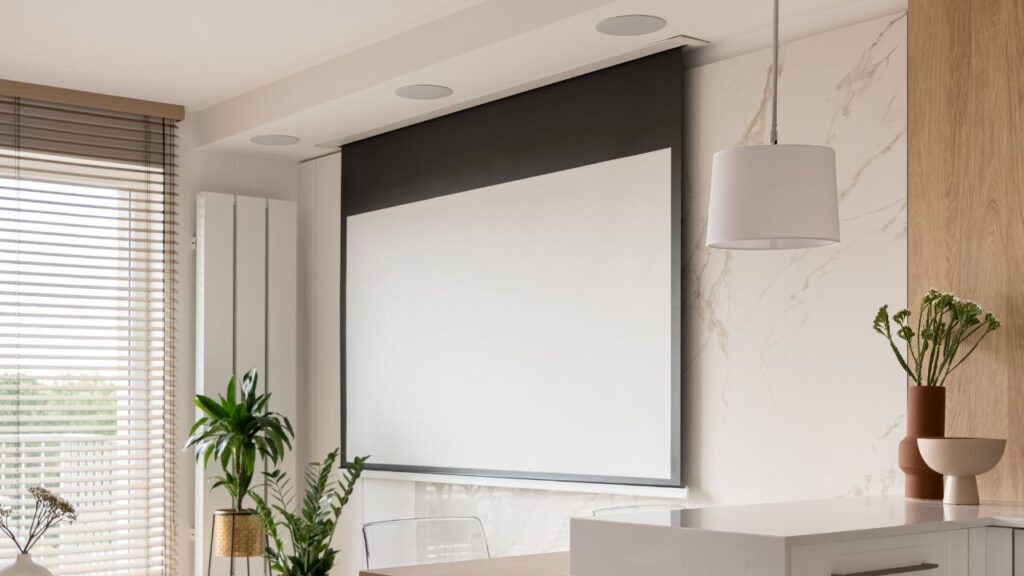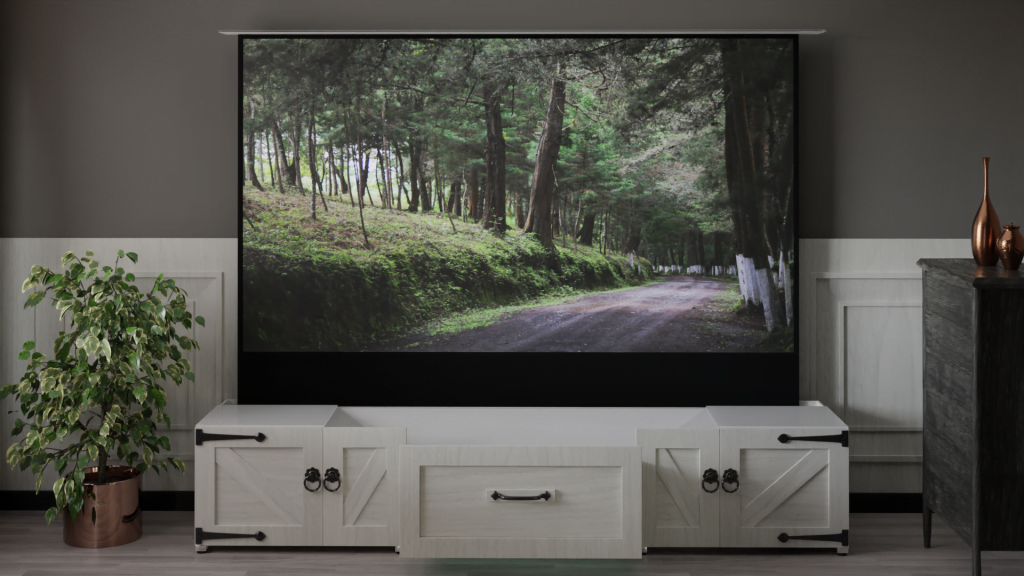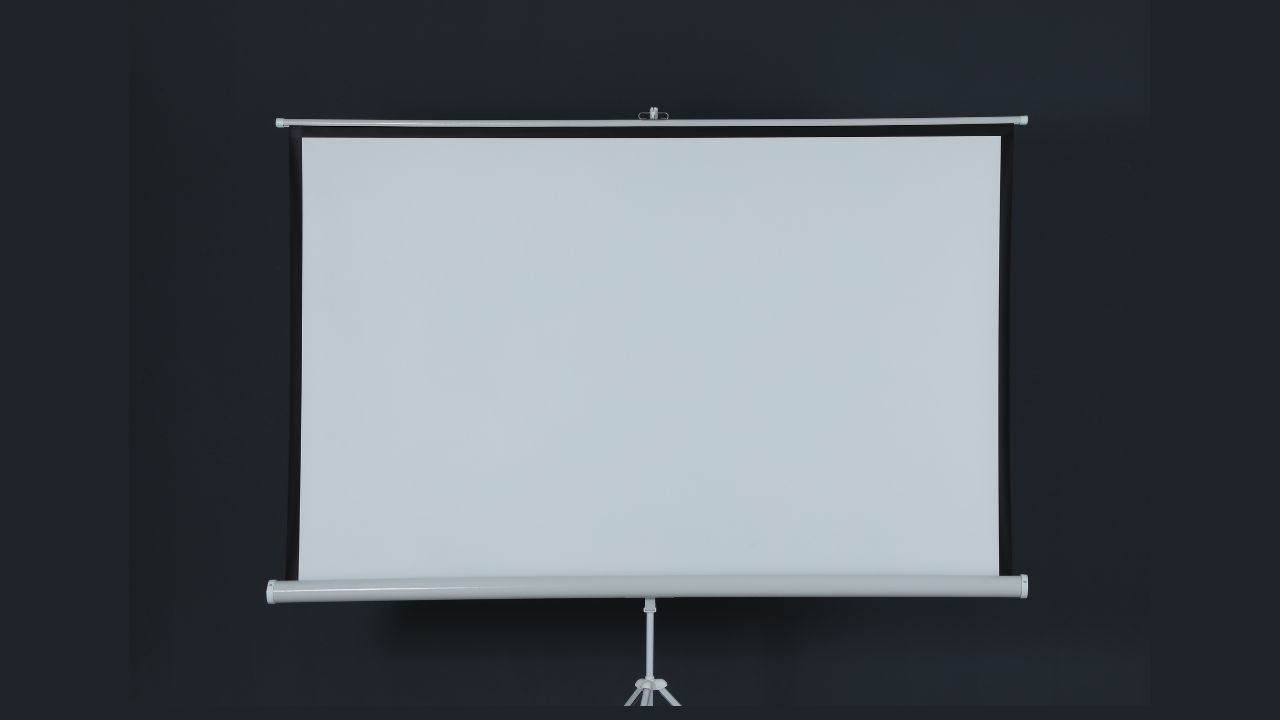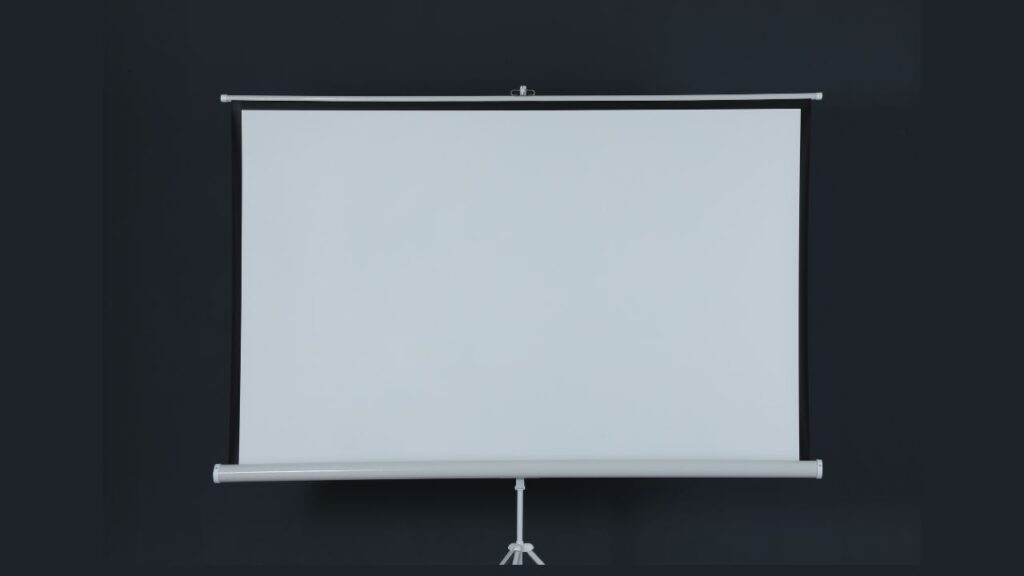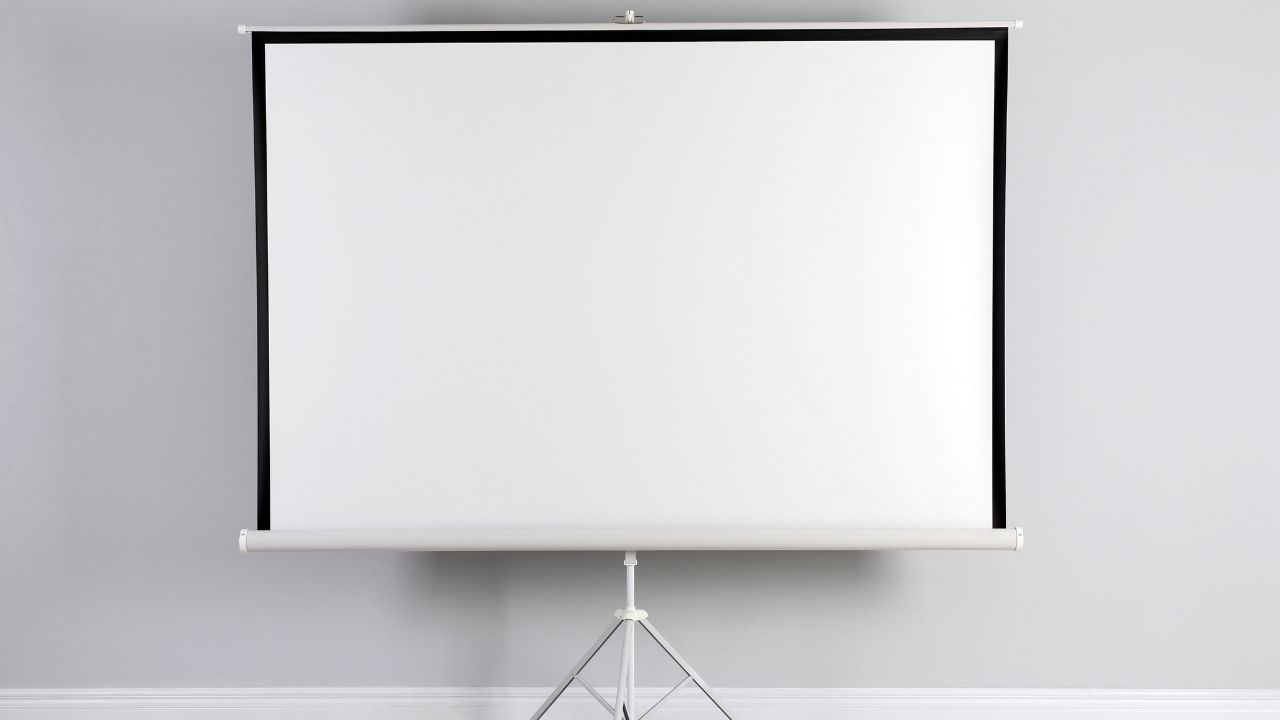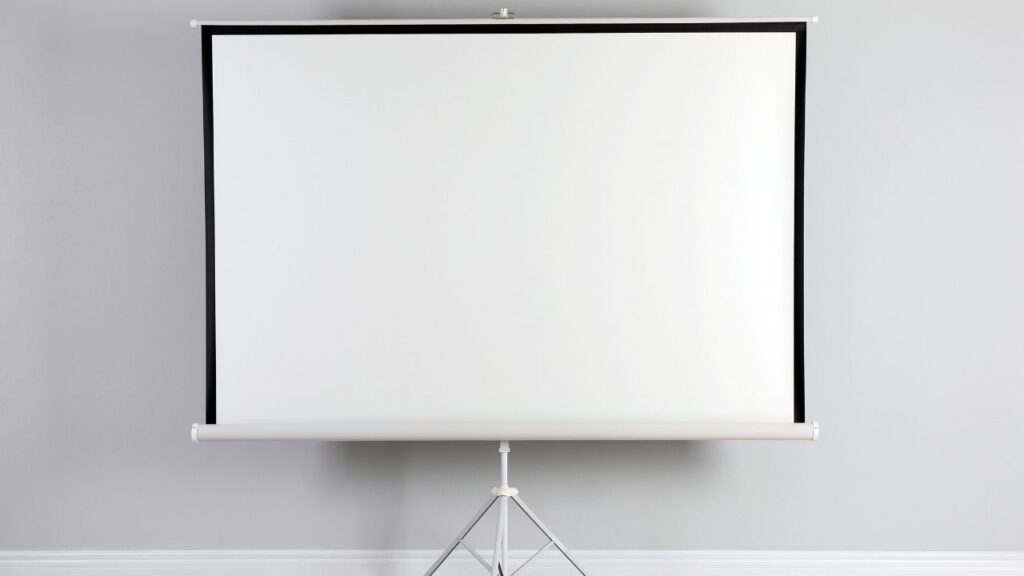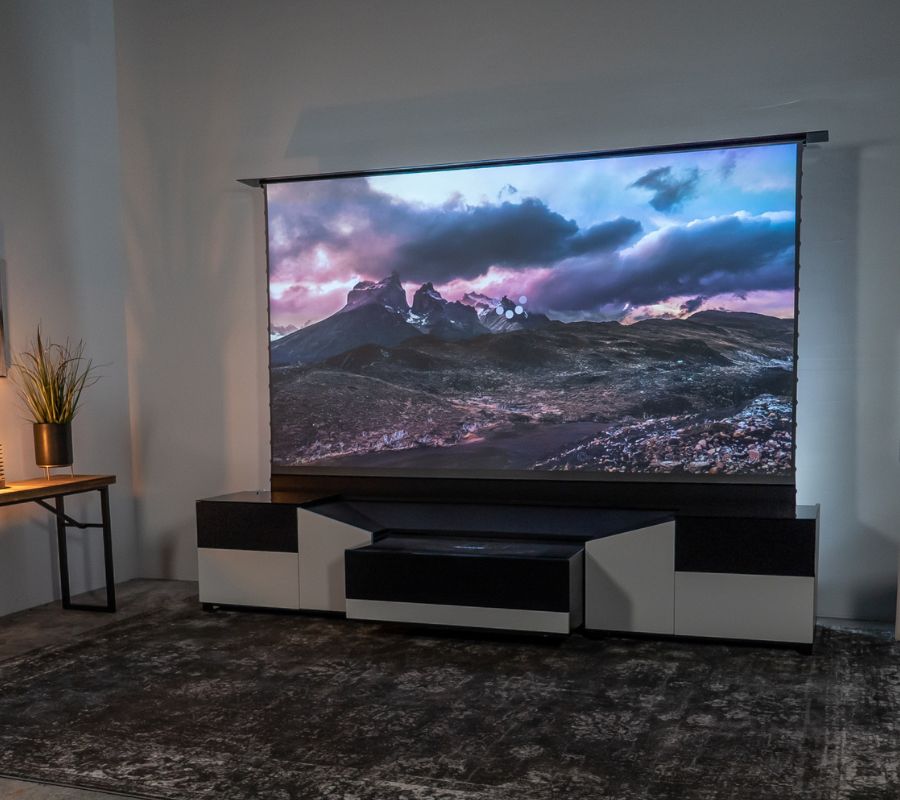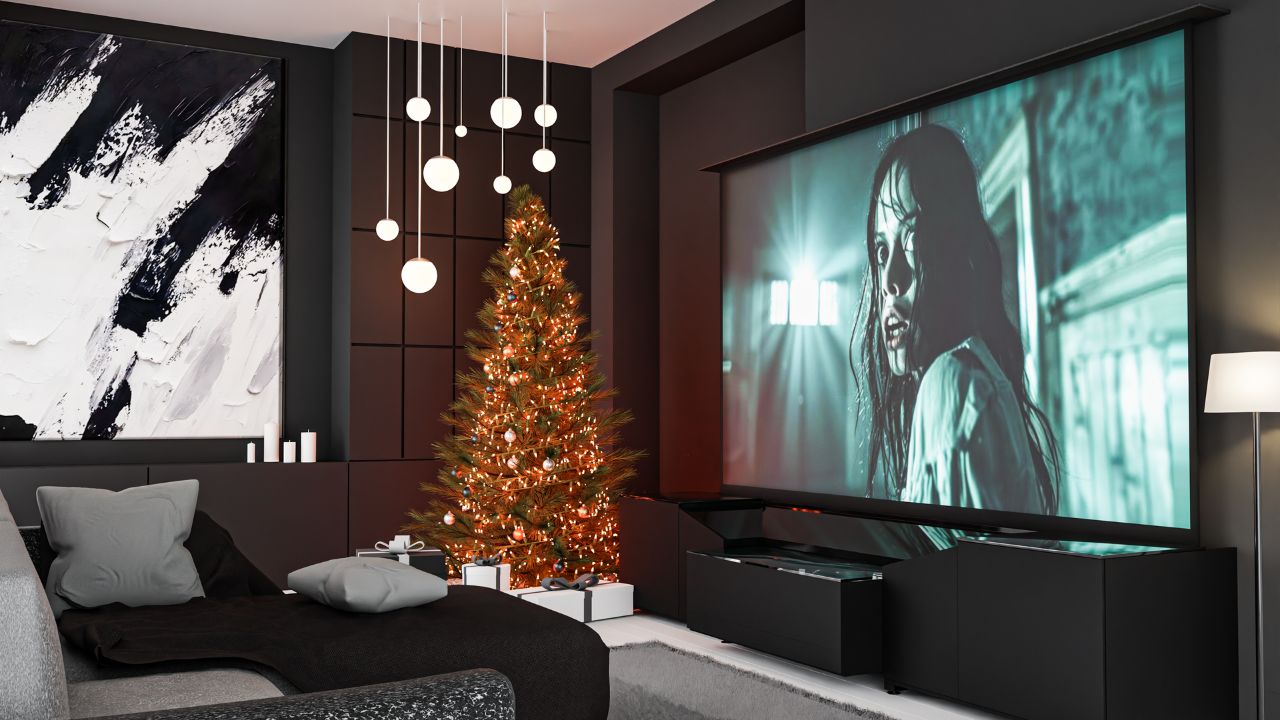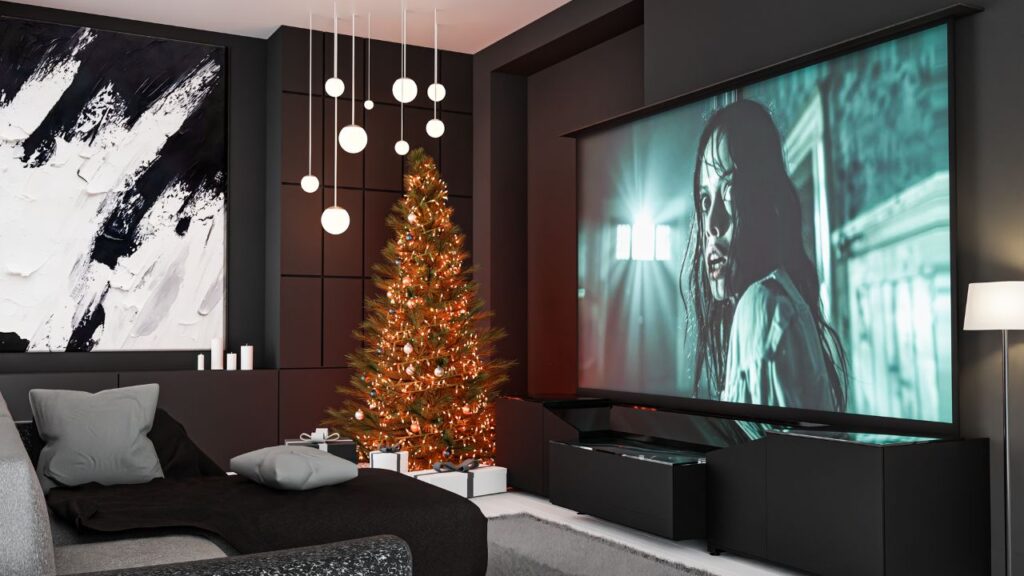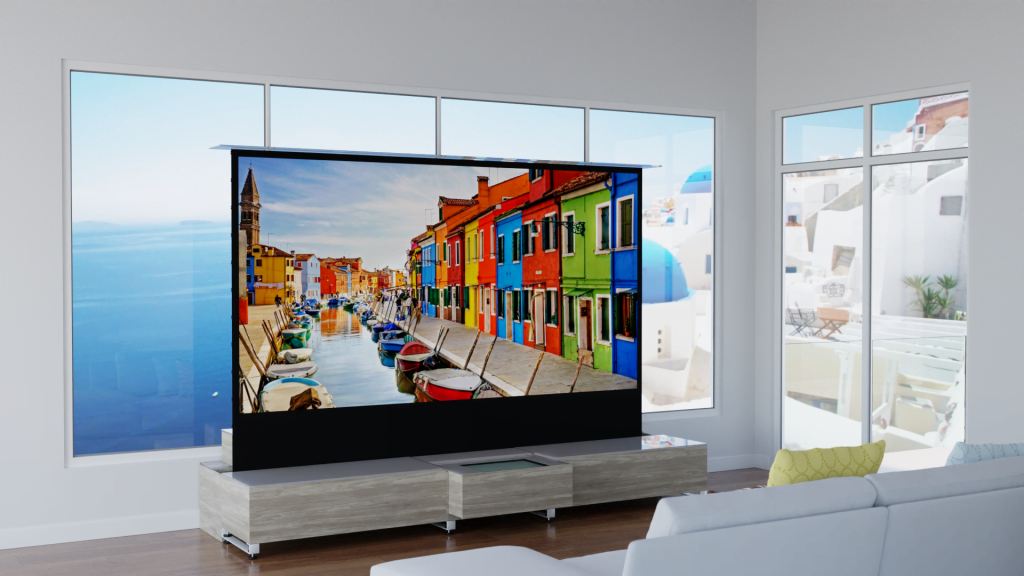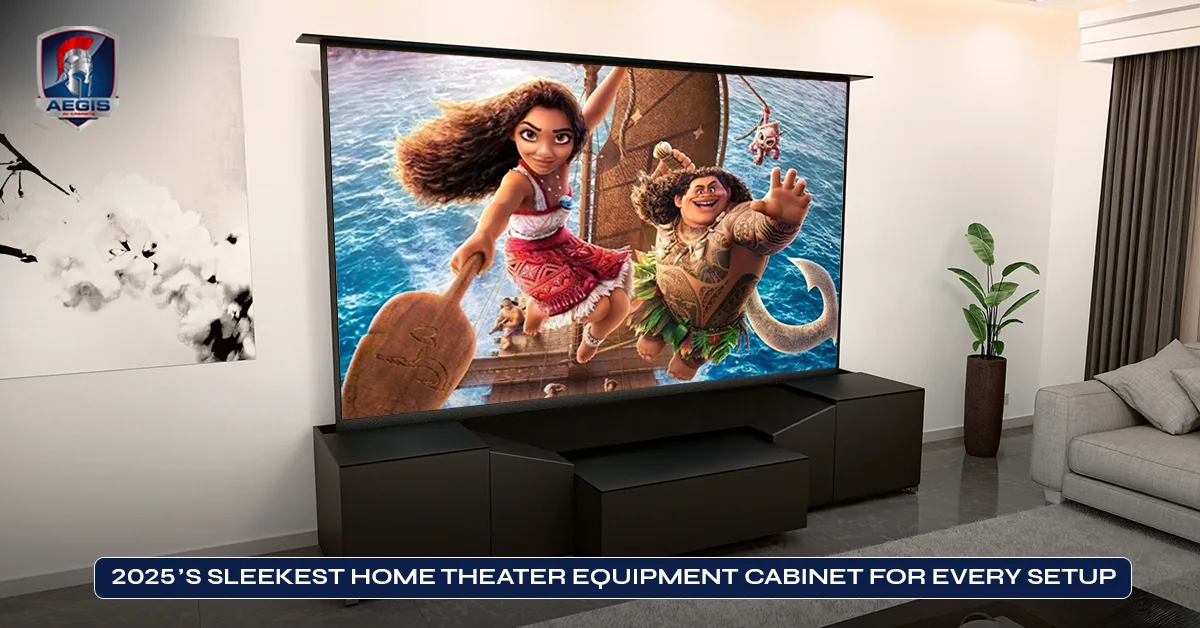
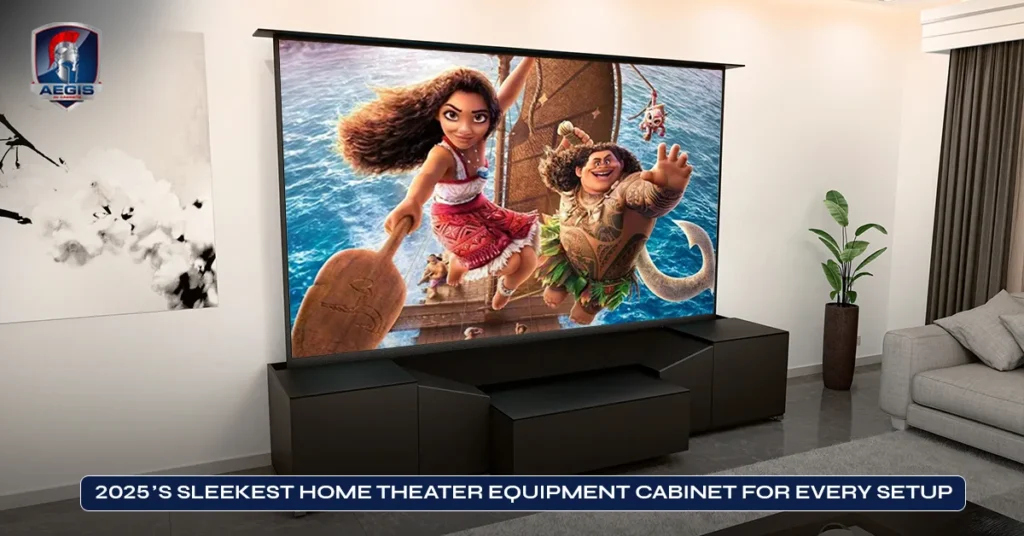
Home entertainment is changing. In 2025, not only are 8K screens and immersive sounds a thing. The focus is on the cabinet that holds it all in. Innovative technologies, modern designs, and sustainable materials are changing the face of entertainment cabinets.
Explore these breakthroughs to find just the right home theater equipment cabinet for you. These home movie theatre designs merge into your home perfectly, providing functionality and style. In the end, the entertainment setup is modern, stylish, and environmentally friendly.
Why Your Home Theater Equipment Cabinet Matters
Your home theatre cabinet is of prime importance as it pertains to functionality as well as style. It serves the purpose of storage as well as protecting the equipment and enhancing the appearance of your place. Herein are the reasons as to why a perfect cabinet matters:
Organized Functionality
- This ensures that all your components are arranged well. It removes clutter with the help of effective cable management, allowing anything to be easily accessible.
Protection Of Equipment
- The quality cabinets grant ventilation, hence learning to cool the equipment from overheating. They offer a protective barrier against dust, spills, and even physical damage.
Aesthetic Benefit
- Modern cabinets enhance the look of your space. It gives much more than just style and match; it artfully sustains your décor.
Minor Sound Diffusion
- A good cabinet prevents vibrations and interference. It improves your system’s sound performance, thereby improving your acoustics.
Features to Look for in a Home Theater Equipment Cabinet
To Pick the Best home theater equipment cabinet, keeping in mind the following features:
Adequate Ventilation
Electronic devices generate heat. Choose cabinets with built-in cooling or open-back designs that maximize airflow. The Andromeda UST Cabinet provides sensible ventilation for the protection of your equipment.
Smart Cable Management
Make sure built-in cable management will keep the cords nice and neat. This provides a clean and professional look while allowing access.
Shelving Options
With adjustable shelving in your cabinet, some equipment may fit better than others: soundbars, gaming consoles, etc.
Stylish and Durable Materials
Go for cabinets made from good wood, tempered glass, or lightweight metals. These materials are durable as well as aesthetically pleasing. Both things are combined in the Andromeda UST Cabinet.
Optimize Square-Inch Storage Space
Don’t let storage take up too much room. Depending on the theater room set-up, whatever limited space is available, or if it is a compact set-up, always ensure that the cabinet fits the size of the room as well as the storage needs.
Best Home Theater Equipment Cabinet for 2025
With advancements in home theater settings, a perfect cabinet is pivotal. Here are updates on the cabinet that provides unparalleled design, utility, and quality to elevate your space.
Andromeda UST Cabinet by Aegis
A standing Home theater av cabinet with a unique design applicable for ultra-short throw projectors.
- Space-Saving Design: Ideal for compact spaces while affording a big-screen experience.
- Smart Integration: Built-in cable management gives something cool and neat.
- Aesthetic Appeal: Available in different finishes to compliment all room designs.
Elite AV Storage Cabinet
The Elite AV Cabinet brings functionality and style together.
- Stand-Alone Options: Multiple sizes and finishing according to need.
- Molded to Last: Carrying together selected quality materials for increased lifetime.
- Storing Capacity: Meant for accommodating various devices.
Modern Media Console
A versatile creation, it serves a purpose as storage and as a decorative piece.
- Multi-Function: Serves either for the storage of media devices or for books.
- Cable Management: Almost completely conceals cords.
- Finishing Variety: Comes in a range of colors to suit any room.
Classic Wood Cabinet
This cabinet brings long-range charms to your setup.
- Timeless Aesthetics: Seamlessly places with a classic or rustic interior.
- Durable Build: Protects your equipment and adds style.
- Spacious Room: Affordable enough space for all AV components.
Sonos Premium Immersive Set with Beam
Though sold as a sound system, it doubles quite nicely as a Home theater Media Cabinet.
- Compact: Small enough to fit into intimate spaces while delivering room-filling sound.
- Smart Features: Roll with other Sonos devices for immersive audio.
- Stylishly Done: Would fit into and match modern interiors beautifully.
Top Trends in Home Theater Equipment Cabinets for 2025
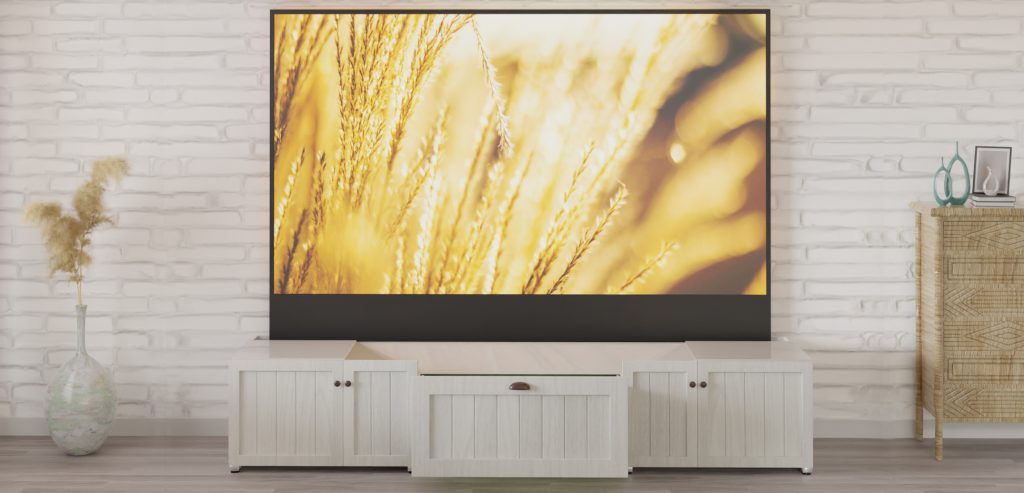
Sleek and Minimalist Designs
2025 has brought a clean and minimalist design approach to the forefront. Cabinets are beginning to find their way out of the woodwork, merging seamlessly with modern interiors. The Andromeda UST Cabinet is a flawless case in point, with its sleek lines and sophisticated finishes.
Multi-Functional Furniture Units
The immediate goal is space-saving; hence, the movement is toward multi-functional cabinets. These units perform dual duty as storage for AV equipment plus stylish furniture. Look out for cabinets that work as both media consoles or decorative display units.
Integration of Smart Technologies
As a smart home advances, so does a smart cabinet. Most cabinets now allow remote control access, are fitted with built-in speakers, and are compatible with home automation systems, making them rather tech-friendly.
Eco-Friendly Materials
This is sustainability in focus for 2025. Expect cabinets made from eco-friendly materials that neither stall the appeal nor compromise quality. Many companies are embracing sustainable manufacturing practices.
Choose an Appropriate Cabinet Design to Base Your Home Theater
A good media home theater AV cabinet makes the home theater function better and enhances the room. A Home theater media cabinet organizes your gear and brings everything together.
Cabinet Integration in Your Design
- It is about placement: Place your cabinet close to the screen for easy access.
- Lighting touches: Strap LED lights to the back of the cabinet for a true movie experience.
- Visit your design: Finish your cabinet in a style that matches the rest of the room.
Benefits of the Andromeda UST Cabinet for Passionate Explorers
This new cabinet, even if it does look stylish, was really designed with function in mind in order to enhance one’s home theater experience. An ideal cabinet for explorers who put a premium on stylish functionality:
- Future-Proofing: This has been built with modern AV devices in mind, having the ability to accommodate ultra-short-throw projectors.
- Eco-Friendly Materials: Wherever practical, it is made using sustainably sourced materials. It is mostly solid wood, which is ideal for eco-conscious buyers.
- Convenience: Complete set of built-in charger stations or compartments for hiding all your gear and providing a clean, uncluttered setup.
The Best Places to Buy Home Theater Equipment Cabinets
Searching for a home theater equipment cabinet? Avail latest selections from top retailers in the USA:
- Aegis: The place to look for high-quality and innovative theater furniture.
- Best Buy: Retailing home theater electronics and furniture of every kind.
- Amazon: It offers several brands at wholesale prices for cabinets.
- World Wide Stereo: Luxurious theatre seating with some excellent customer service.
- Wayfair: Have a happy shopping day with a big selection of different styles and prices in home theatre cabinets.
Get the best Home theater equipment cabinet for sale now.
FAQs
What Is The Right Size For A Home Theater Cabinet?
Ensure that the cabinet is large enough to house all units and leave at least 2-3 inches of space between units. That allows sufficient airflow and prevents component heat build-up. If you plan to expand, look for a bigger or modular cabinet with adjustable shelving.
Are Glass-Front Cabinets Any Good?
Glass-front cabinets are elegant and protect equipment from dust. They also permit the monitoring of devices without opening the doors. Tempered glass is the best choice because of its durability and strength. Tinted or frosted glass will help reduce glare while keeping the hardware separate and stylish.
Are Regular Cabinets Okay For Home Theater Equipment?
Although it is possible to use a regular cabinet, it is certainly not the best solution. Most do not allow for adequate ventilation or cable management, so risk overheating and a cluttered appearance. Specialized cabinets were created for A/V setups, allowing for better cooling, organization, and protection for your gear.
What Materials Are Best To Use For Home Theater Cabinets?
Wood is the most durable, traditional material, and available in many finishes. Metal looks very modern and industrial. Tempered glass adds to the sleek look but must be framed very well for stability. Bamboo or reclaimed wood are eco-friendly materials, which are good for eco-conscious customers. The Andromeda UST Cabinet has some high-end eco-friendly materials for a stylish yet sustainable product.
How To Easily Clean The Home Theatre Cabinet?
Dust should regularly be wiped off with a soft cloth from every surface and equipment inside the home theatre cabinet; dusting wires is the most revolting thing! During cleaning, one pays due attention to clearing all the vents, allowing for the free flow of air through the equipment. Packing a couple of wires together will provide assurance against tangling or damage to other wires. Avoid overcrowding the box for its strength and long life.
Final Thoughts: Invest in the Future of Your Home Theater
A home theatre needs much more than just being a storage unit. It is worthy of all a cabinet’s fittings, beauty, and craftsmanship. Enter colliding aesthetics with technological innovation at the Andromeda UST cabinet by Aegis as it touches its 2025.
Do not just store your components-hold them up in glory. Browse through our list of some of the best home theater equipment cabinets today and augment your entertainment experience.
